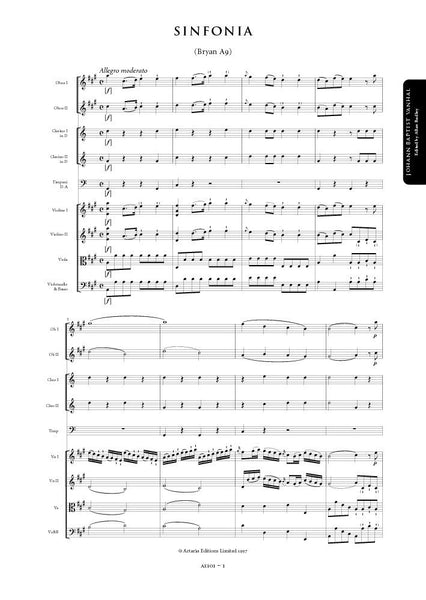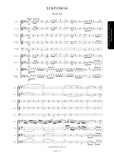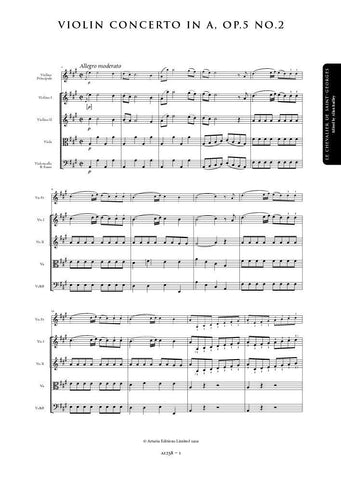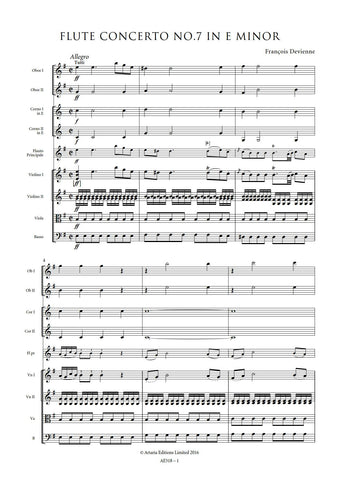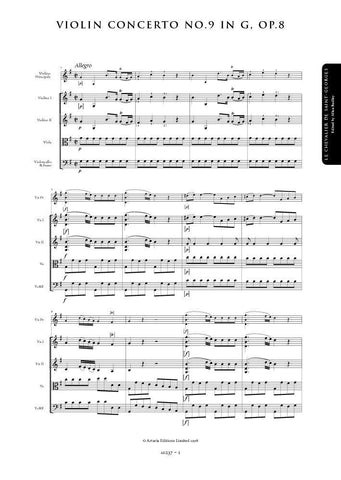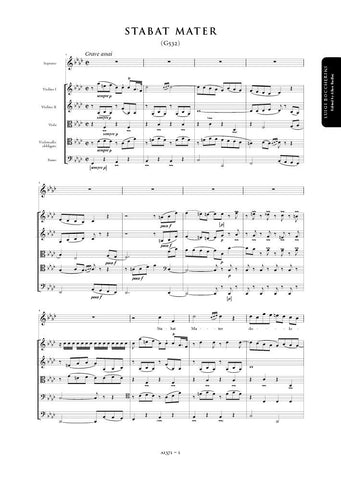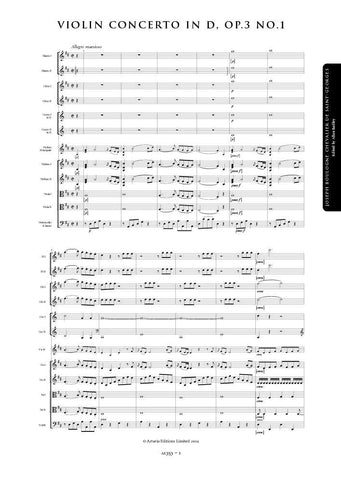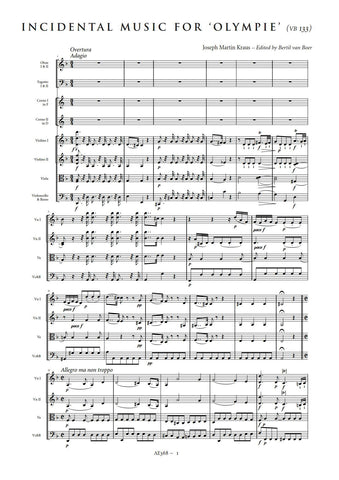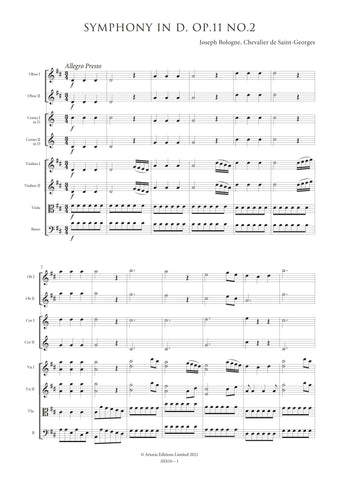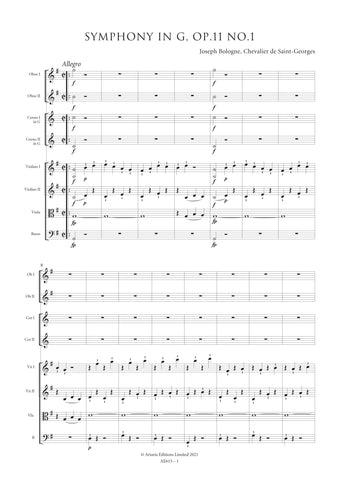Description |
Wanhal, Johann Baptist (1739-1813)
|
||||||||||||||||||
Audio sample |
|||||||||||||||||||
Details |
The composition date of the present work is unknown. Unlike many of the composer's other symphonies it did not find its way into any contemporary thematic catalogues and only a single set of MS parts is extant; these are preserved in Stift Kremsmnster, an important source for Dittersdorf 's symphonies, under the shelfmark Ser.H.Fasc.24.Nr.261: "Sinfonia in A / a / Due Violini / Due Oboe / Clarini in D / Tympani / Violoncello obl: in Andte / con / Basso / Del Sigre Vanhal". The parts contain numerous copying errors, some of which are serious. The basso and timpani parts are particularly badly copied and even omit large chunks of text. On the basis of these parts performances must have been very trying for both players and audiences. There are a number of interesting features about the work the most significant of which is its overall structure. Vanhal casts the symphony in a single large-scale movement which is divided into three clear sections, fast-slow-fast. There are a number of deliberate parallels between the first and third sections and the logic of this is made apparent in the closing bars of the finale which see the return of the opening bars of the work, played piano. The solo violoncello, Vanhal's own instrument, adds a subtle colouring to the central section as it doubles the first violins an octave lower. The oboes, by way of contrast, double the violins an octave higher when they are entrusted with melodic material. The clarini and timpani are crooked rather unexpectedly in D. The reason why Vanhal chose to do this may lie in the resources of the orchestra for which the work was written since he makes little real attempt to exploit the advantages created by this move. The outer sections of the work perhaps include a little more of the subdominant than is usual but then the clarini and timpani are omitted entirely from the D-major central section. In the absence of the autograph score and an authentic set of parts the edition presents as faithfully as possible the intentions of the composer as transmitted in the sole-surviving source. The notation of articulation and dynamic markings has been standardised throughout, and, where missing from the source, markings have been reconstructed from parallel passages. These are indicated by the use of dotted slurs or brackets where appropriate. Like most eighteenth-century sources, the present manuscript is inconsistent in its notation of appoggiature; these have also been standardised to minimise confusion. Any editorial emendation with no authority from the source is placed within brackets. Allan Badley |
Loading...
Error




